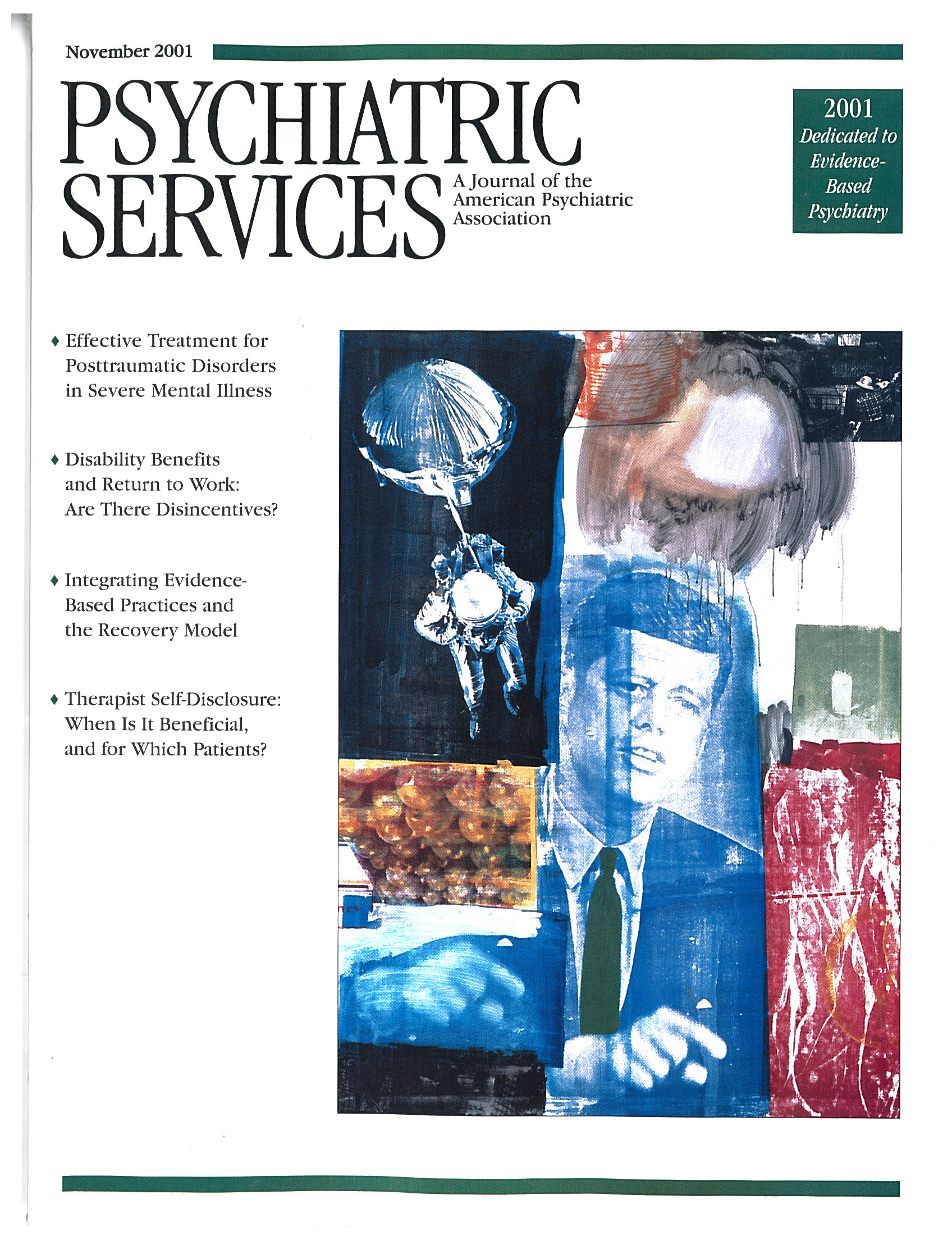This brief book covers a number of statistical methods—data visualization, descriptive statistics, analysis of variance, nonparametric statistics, survival analysis, meta-analysis, and data management of clinical research, to name just a few. In the preface, the author notes, "Research physicians, epidemiologists, and medical writers will cheer this book. It will not take them long to learn all they need to know about statistics." Later in the preface, he states, "Mathematical statisticians…may find this book challenging." Alas, this reviewer is a mathematical statistician.
A few topics are covered well, though too briefly. The section on data visualization explores some interesting and diverse techniques. The discussion about integration of clinical studies and meta-analysis—specifically, issues connected with the exploration of heterogeneity among different clinical studies—is insightful. Finally, a general discussion that is engaged throughout the book addresses the use of the linear model—specifically, the analysis of variance—in a wide variety of settings. For readers who have experience with these topics, the terse presentation may offer advantages. However, it is unclear how useful this book would be to investigators who have limited knowledge in these areas.
The book also suffers from a number of inconsistencies, of which the following is an example. On page 12, in analyzing a small data set, the author uses a permutation test, observes a p value of .008, and draws the conclusion that the two groups are indeed different. On page 13, where the author describes the permutation test, he concludes, "In my opinion, permutation test is not effective for clinical data analysis." Later in the book, when commenting on the use of p values, he states, "As a measure, p-value does not improve our understanding of data in any way."
Indeed, a number of authors and statisticians would endorse the use of a permutation test and its p value, and potentially an equal number would find permutation tests and p values to be of little or no value. However, within a single-author text, one would not expect to see both views expressed, and it is unclear how the author would want to analyze and interpret the data presented on page 12.
In the preface, the author writes, "Interested readers are referred to the books of Ronald A. Fisher published in the early twentieth century, which, in my opinion, are truly original, inspiring, and relevant to clinical research." On this point, I am in complete agreement with the author.

